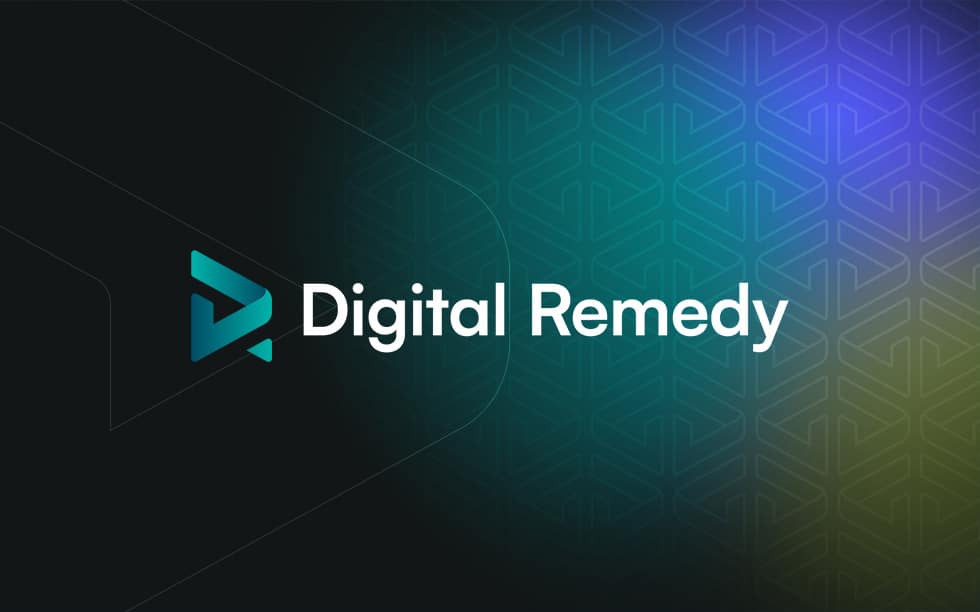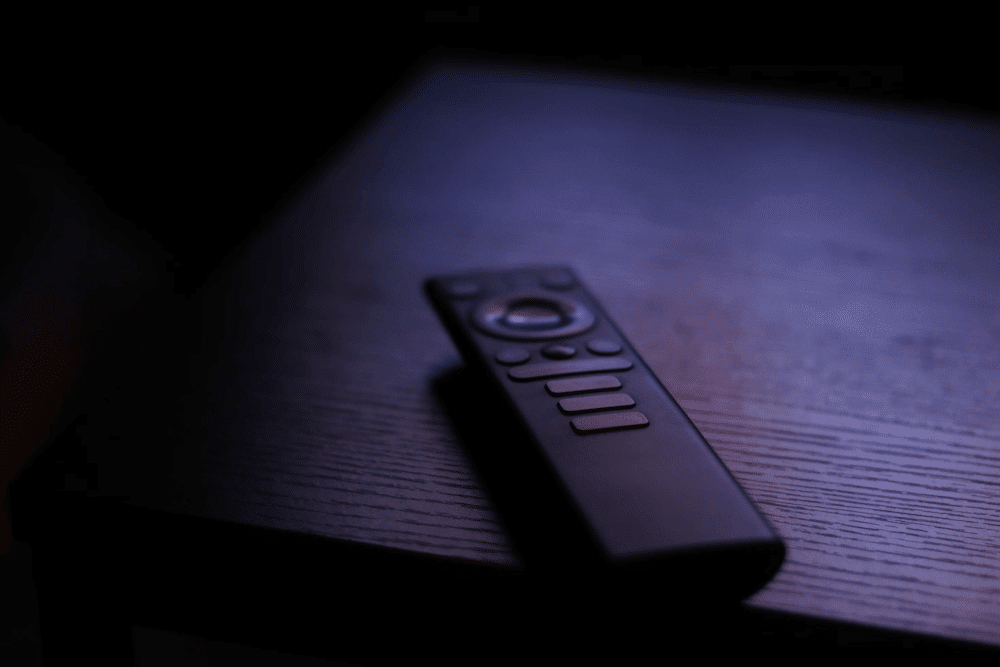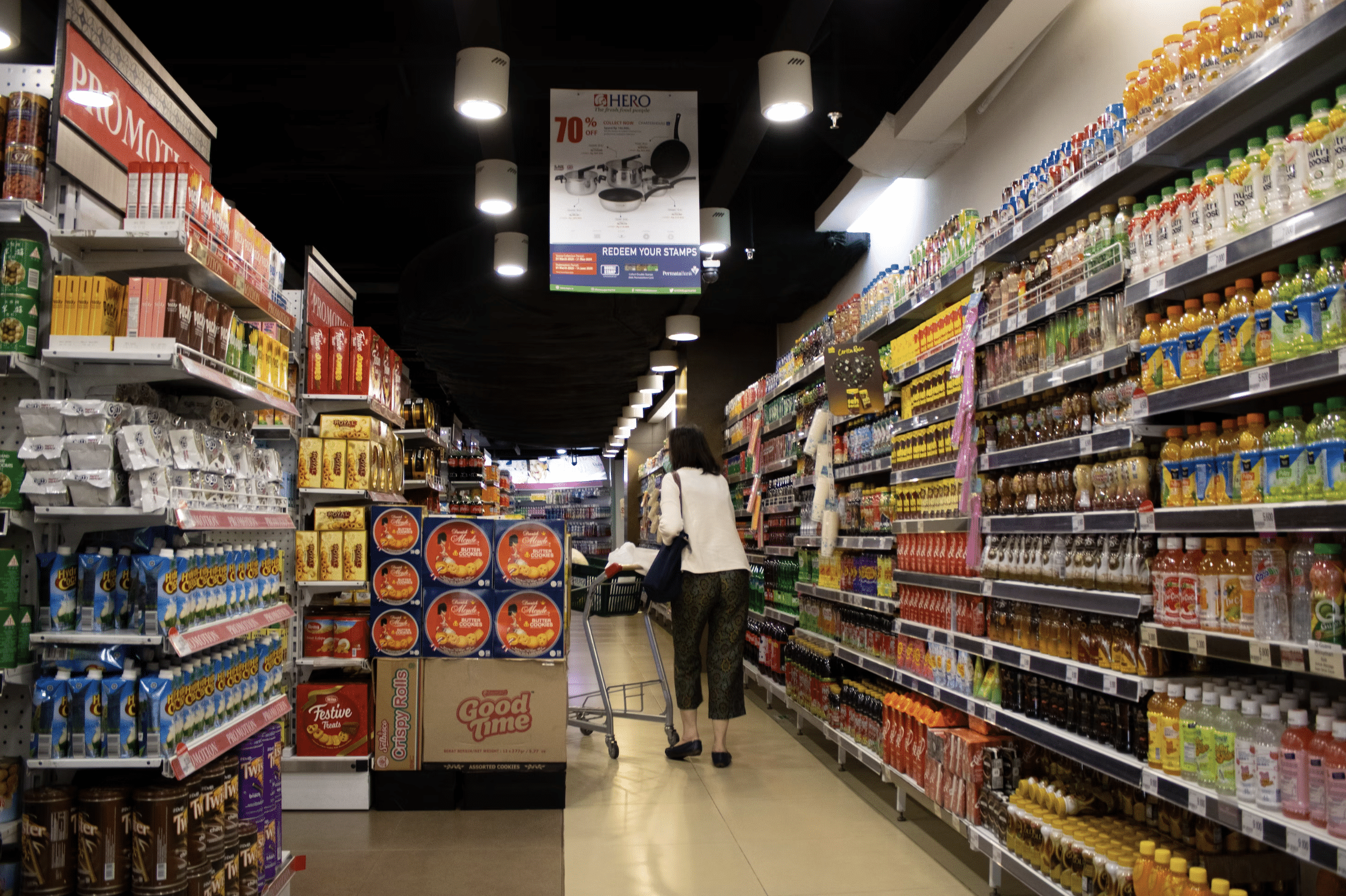Aug 13, 2020
What’s Going On? Most of us would never have thought that the Twilight Zone could seem so relatable. Until this year. The year 2020 will go down in history for a number of reasons. The coronavirus pandemic is affecting more than just the health of people across the world. It’s affecting their daily routines, preferences,…


Most of us would never have thought that the Twilight Zone could seem so relatable. Until this year.
The year 2020 will go down in history for a number of reasons. The coronavirus pandemic is affecting more than just the health of people across the world. It’s affecting their daily routines, preferences, and behaviors—including their media usage. Different sectors and verticals have been affected in different ways. To say the advertising industry has been turned on its head would be an understatement.
Remember when the death of third-party cookies was one of the biggest concerns in the industry? So much has changed since the COVID-19 outbreak just a few months ago. Meetings have been cancelled, media plans have been reconfigured or put on hold, and millions of dollars of ad budgets have shifted. In fact, the entire way in which the industry conducts business is being completely remodeled during this strange, exhausting, and unprecedented time.
Stay-at-home orders caused by the pandemic, have affected the daily lives of both consumers and businesses. In the last five months, we’ve experienced the rise of video calls driven by homebound consumers looking to keep in touch with friends and family. As a result of the widespread shutdowns of brick-and-mortar businesses and fear of infection caused by the pandemic, ecommerce has been a bright spot among retail channels, seeing consumers becoming increasingly reliant on digital transactions. Verticals like travel, retail, and QSR/restaurants were catapulted into a rapid pivot in operations to stay afloat in response to the ongoing decline of in-person interactions.
At the beginning of the pandemic, media served as a lifeline to the outside world. While consumers shifted their usual media behaviors in search of entertainment during quarantine, advertisers, agencies, and publishers, have embarked on a new quest to reach them. The pandemic has accelerated cord-cutting and shifted viewing to streaming platforms. Consumers are increasingly canceling their cable TV packages during the pandemic because sports—the livelihood of linear TV, has all but disappeared. With less people commuting to work, podcast listening has experienced a decline while consumers starved for sports have migrated to esports. The rapid change in media consumption has caused a significant ripple in the advertising landscape.
The production of TV shows and movies came to a screeching halt in March following the COVID-19 outbreak. The traditional theatrical release window has changed. Studios have pushed back planned theatrical releases.
Consumers can now watch new films from their own home for a one-time fee and they no longer have to wait 90 days after a film’s theatrical release to catch it on a streaming service. One bright spot amongst all these delays has been the animation sector, which is expected to thrive due to the ease of animators working from home. Some brands have followed the trends of Hollywood’s work from home production by relying on repurposed footage and cobbling together at-home footage from actor’s remote locations.

The month of May traditionally marks the beginning of TV upfronts, when broadcast and cable networks showcase the new shows scheduled to launch in the fall as they negotiate with marketers to sell a majority of their annual ad inventory. The alternative to ads bought “up front” are higher-priced, “scatter” spots landed closer to airtime. Instead of the usual song and dance, networks were forced to cancel these star-studded, high-budget spectaculars.
The TV upfronts hit a rocky road this year, leaving many to question what they will look like in the future. The traditional planning cycle has been broken. The programming calendar has been wiped clean, leaving no tentpole events, including award shows and major sporting events, which typically bring in a sizable investment. Production stoppages are preventing broadcasters from completing their full show lineups, leaving them with no finished product to sell, and advertisers are holding off on making any long-term commitments given the uncertainty around the pandemic and economy.

About one-third of the roughly $65b in annual TV ad spending occurs during the upfront, which many advertisers regard as a process long overdue for a revamp. From 60-day deal lock-ins to rigid quarterly optionality, traditional deal structures are being examined along with technology for smarter planning and buying. In the short term, a return to normal TV ad spend looks unlikely because of the delayed upfronts, lack of certainty regarding production of new content, and recession-fueled budget(cuts). Now more than ever, flexibility is needed as upfront negotiations are delayed or stalled for many buyers and sellers. When advertisers do return, they’re expected to shift further from traditional TV advertising to digital formats, where ads can be more targeted, and their impact can be better measured.
Before the pandemic, in-person events and meetings were a pivotal touchpoint for media sellers. Med have had to be extra innovative with their efforts to keep attendance strong and attendees engaged. COVID-19 has put pressure on budgets and advertisers are figuring out how to realign their media strategies. Moving forward, enabling buyers and sellers to commit to more flexible terms with confidence will be a significant trend. Ultimately, this “new normal” will allow for a whole new form of brand storytelling.
In-person engagement has long been a key element in the marketing mix. The history of the upfront goes back to the early days of TV advertising in the 1950s. Historically, the fall television schedule was created to help auto advertisers promote their new car models. In 1962, ABC altered the advertising landscape: by shifting its entire programming lineup, setting its premieres for a single week in the fall. In doing so, ABC not only invented the broadcast TV season as we know it, but also ushered in the era of the modern upfront.
Five years later, ABC triggered another seismic event when it became the first network to offer ratings guarantees. For the first time, a network would place an insurance policy on its deliveries. On the one hand, if a client placed a big bet on a sleeper show and it became a hit, it automatically locked in the original rate even as those who took a pass on the show were obliged to pay a stark premium.
As cable TV shifted from old broadcast reruns and uncut movies to more original programming in the 1990s, networks like Turner and Discovery began holding similar presentations for upcoming programs, despite the fact that most channels didn’t stick to the fall season. Eventually, TV upfronts led the way for advertisers to have larger partnerships with networks based on broadcast content: while the :30 and :60 spot continued to rule the negotiations through 2019, additional inventory opportunities were packaged to support consumers multi-screen engagements, which included all things digital.

Which makes it no surprise that the Interactive Advertising Bureau (IAB) debuted the Digital Content NewFronts, an event to showcase original video content from the Internet, in 2008. Since then, the digital advertising landscape has been growing at a double-digit rate (excluding this year) and will reach $163b by 2021. The NewFronts typically draw thousands of people to presentations in New York City. This year’s edition moved online in June. Given the current state of the media landscape, 72% of media buyers say NewFronts are more important than ever, according to a recent IAB survey. Close to 50% would like to see them merged with upfronts, with many respondents pointing to the value of enhanced cross-screen research and measurement and the potential to boost performance.
Though a particularly hard hit for traditional, the COVID-19 impact has been felt across all media. While the linear schedule has guided the broadcast planning season, so too has it afforded networks multi-channel spend commitments locking in inventory across digital channels. Big advertisers normally would use upfronts to invest in networks, including their digital offerings. The significant slice of ad budgets that traditional usually earns also affects commitments on other types of media as well. With a major event such as the Super Bowl, for example, advertisers want to maximize their reach by targeting sports fans across multiple media channels to take full advantage of the hype. The absence of major programming opportunities is creating a growing build-up in demand, which, once production resumes, will result in a very chaotic buying and planning process—many hands trying to get in the pot.
We may never experience a disruption of this magnitude for the rest of our lives. So much has changed in such a short amount of time, and this is only the beginning. While the uncertainty of what exactly the future holds may seem unnerving, this is the golden opportunity for the ad industry to get a much-needed makeover.
The only constant in life (especially marketing) is change. How can you create a plan that is flexible and agile enough to adjust to a buying environment that seems far from predictable? Marketers are working to stabilize their operations by becoming radically efficient with time, resources, and budget, while simultaneously planning for future growth and transformation. Anyone who works in the digital space knows that technology is constantly evolving. Products and services need to be continuously updated and improved to meet marketplace expectations and client demands.
As the pandemic-induced recession puts additional pressure on most companies’ operating expenses, more than two-thirds (69%) of U.S. organizations have partially or completely moved their programmatic operations in-house, according to a new report from the Interactive Advertising Bureau (IAB). In-housing programmatic operations lets brands have more control over their campaigns and gives them greater transparency into how their spending is managed—advantages that have become higher priority during a recession.

When asked about the top objectives driving in-housing initiatives, 43% of U.S. companies surveyed said “cost-efficiency,” and 42% said “campaign effectiveness.” A shift toward in-housing will likely drive increased demand for ad tech providers that can help manage programmatic campaigns. As companies move away from using agency-based trading desks and build out their own teams, expect companies to build new contractual relationships with ad tech providers—whether they’re demand-side platforms (DSPs), verification services or other groups that can assist with the transition.
We see it in nature, all living things adapt and evolve in order to survive. The ad industry is no different. Given the shift in priorities following the onset of COVID-19, the digital ad landscape will see an increased focus on flexibility, agility, innovation, and automation. Almost three quarters (73%) of CMOs expect the pandemic’s negative impact to be short-lived. CMOs now rank brand strategy as their top strategic priority (33%), for the year ahead, followed by market analytics (29%), and marketing operations (28%) – a significant leap from its position near the bottom of the list in the 2019 survey.
Like a game of Boggle, the year 2020 took industry rules, schedules, and expectations and jumbled everything that was in place. 2020 will be the beginning of the “new normal” – what that exactly entails, the world is still figuring out. Digital Remedy is making the necessary moves, including more personalized offerings, more strategic insights, and more competitive resources, to provide our clients with what they need to succeed in the new digital advertising frontier. We welcome shifts in media usage. We look forward to changes in consumer behavior and preferences. At the end of the day, there’s nothing our team loves more than a good challenge. Bring it on 2020.
Looking for more Industry Insights? Follow Digital Remedy on LinkedIn, Twitter, and Instagram.
Source:
Related Posts

In today’s ever-evolving digital landscape, effective marketing strategies demand innovation and precision. YouTube TV advertising has emerged as a.

The consumer packaged goods (CPG) industry is elbowing through a tight market. Between pressing supply chain challenges, shifting shopper.

The age-old maxim of “think globally, act locally” isn’t just embraced by marketers for local mom-and-pop businesses. Today, massive.